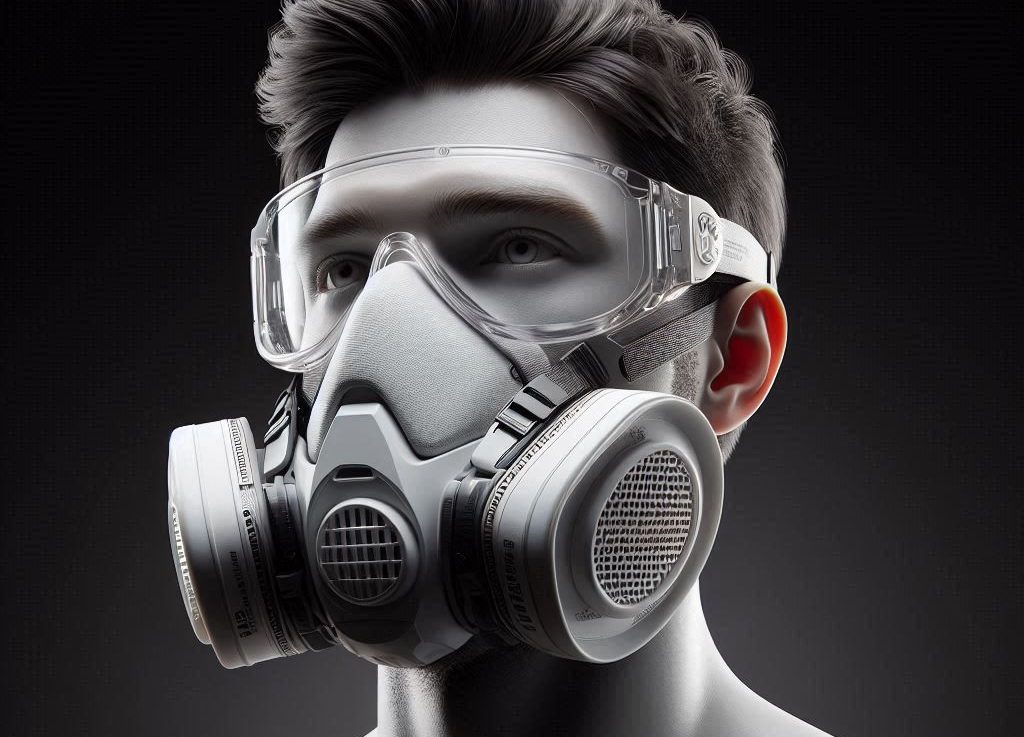When designing masks and respirators, it is crucial to comply with specific standards and regulations to ensure adequate respiratory protection for workers. Below are the minimum design requirements based on ANSI, ISO, and UAE safety regulations:
1. ANSI/ISEA 105 (American National Standards Institute / International Safety Equipment Association)
- General Requirements:
- Masks and respirators must provide appropriate protection against airborne hazards, including dust, fumes, and pathogens.
- Performance Classification:
- Must be classified according to the level of filtration efficiency, such as N95, N99, or N100 for particulate respirators.
- Fit Testing:
- Respirators should be designed for proper fit and require fit testing to ensure an adequate seal against the face.
- Breathability:
- The design should allow for adequate airflow while maintaining filtering capabilities, ensuring comfort for the wearer during extended use.
- Marking:
- Must be clearly marked with the manufacturer’s name, model number, and compliance with relevant standards (e.g., NIOSH certification).
2. ISO 16900 (International Organization for Standardization)
- General Requirements:
- Respiratory protective devices must be designed to protect users from inhalation of harmful substances.
- Filtration Efficiency:
- Must meet minimum filtration efficiency levels as specified by the ISO standards, such as >94% for FFP2 and >99% for FFP3 masks.
- Fit and Comfort:
- Respirators must be tested for fit and should have adjustable components (e.g., straps, nose clips) to ensure a secure and comfortable fit.
- Compatibility:
- The design should consider compatibility with other personal protective equipment (PPE) such as goggles, helmets, or face shields.
3. UAE Safety Regulations
- Compliance:
- Masks and respirators must comply with both ANSI and ISO standards, as well as any specific local regulations.
- Specific Hazards:
- Respirators should be selected based on the specific airborne hazards present in the work environment (e.g., chemicals, biological agents).
- Marking and Labeling:
- Must be clearly labeled with compliance information, usage instructions, and care instructions in both Arabic and English.
- Inspection and Maintenance:
- Users should regularly inspect masks and respirators for damage, wear, or degradation that could impair their effectiveness.
- Training:
- Employees should be trained on the proper use, maintenance, and limitations of masks and respirators.
Summary
In summary, when designing masks and respirators, ensure compliance with ANSI/ISEA 105, ISO 16900, and UAE safety regulations. Key design requirements include appropriate filtration efficiency, proper fit and comfort, compatibility with other PPE, and clear labeling. Regular inspections and user training are essential for maintaining the effectiveness of respiratory protective devices in safeguarding against airborne hazards.

